Mention Joo Chiat and this image of a shophouse-lined street might cross your mind. The quaint enclave today is home to a mind-blowing range of food places and Peranakan culture.
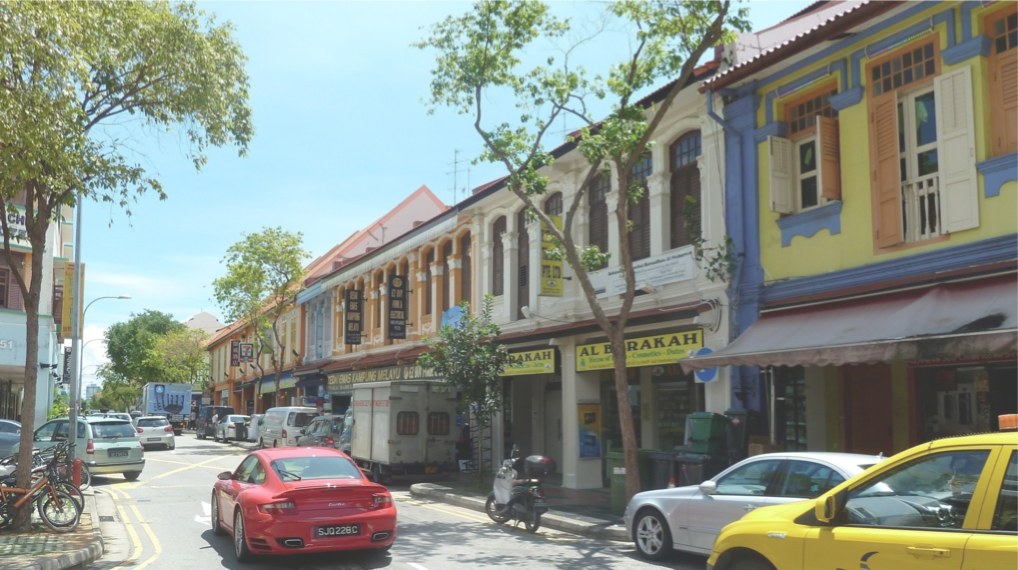 Via.
Via.
But who was Chew Joo Chiat, the man who gave the Joo Chiat area its name today?
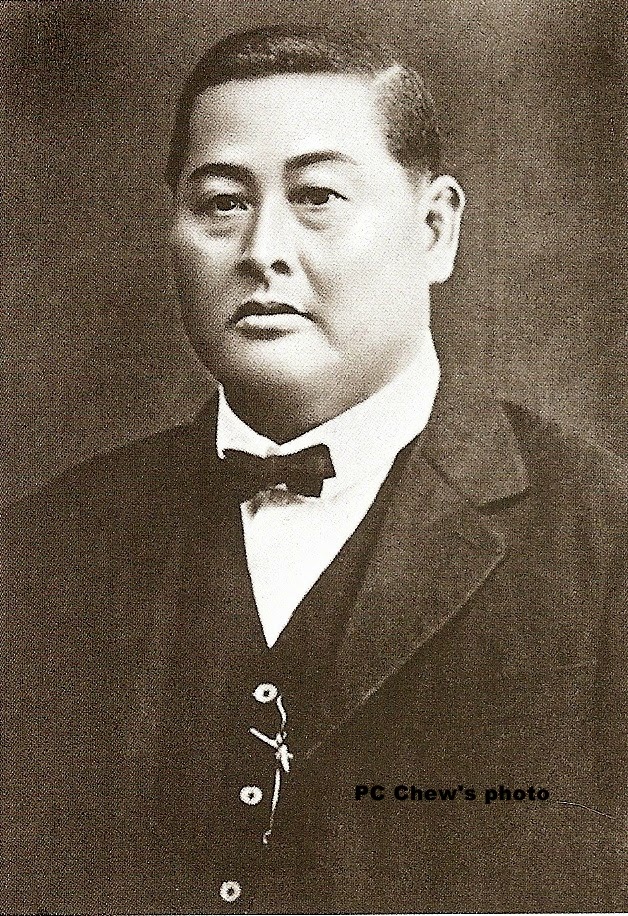 Chew Joo Chiat. Via.
Chew Joo Chiat. Via.
In a new book, A Penniless Boy, Chew Joo Chiat, the great-grandson of Chew Joo Chiat, Philip Chew documented his search to uncover the story of his ancestor.
Chew Joo Chiat was not a Peranakan
Despite Joo Chiat Road being almost synonymous with Peranakan culture today, Chew himself was not a Peranakan.
Chew Joo Chiat came from Ho San, Xiamen in 1877. Therefore he would have been a new Chinese immigrant, or sinkeh.
The idea that Chew was a Peranakan could have stemmed from his Peranakan in-laws. Chew took a second wife in Singapore - Tan Quan Neo - the daughter of a Peranakan businessman.
Land, Land, Land
Chew bought plenty of land to expand his business. He bought land from the Arab Alsagoffs, which he transformed into gambier, pepper, and nutmeg plantations.
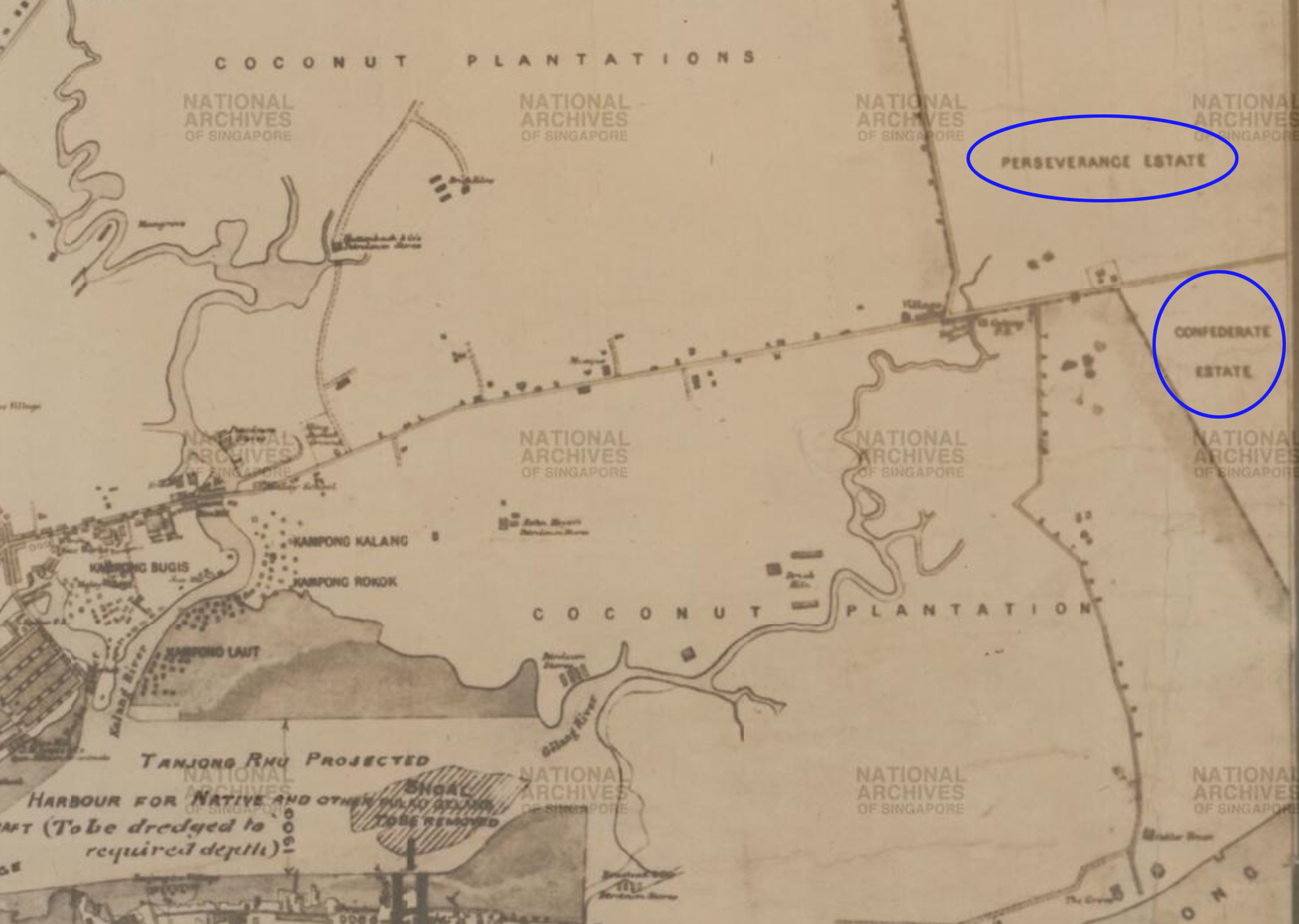 Detail from a 1901 map of Southern Singapore. The circled areas are Perseverance and Confederate Estates - land which Chew purchased. Via National Archives.
Detail from a 1901 map of Southern Singapore. The circled areas are Perseverance and Confederate Estates - land which Chew purchased. Via National Archives.
Further, he also bought land parcels in the Perseverance and Confederate Estates, and get this: the freehold land he acquired along Confederate Estate Road only cost him $460 back in the day.
Aside from plantations, Chew also managed a sawmill, and supplied ship parts to vessels that called at the Singapore port.
How Joo Chiat Road got its name
In 1916, more people were buying residences near the sea. The Municipality wanted to build a road for motorised vehicles to get to the East Coast from Geylang Serai. In order to do that, they needed to acquire land from Chew.
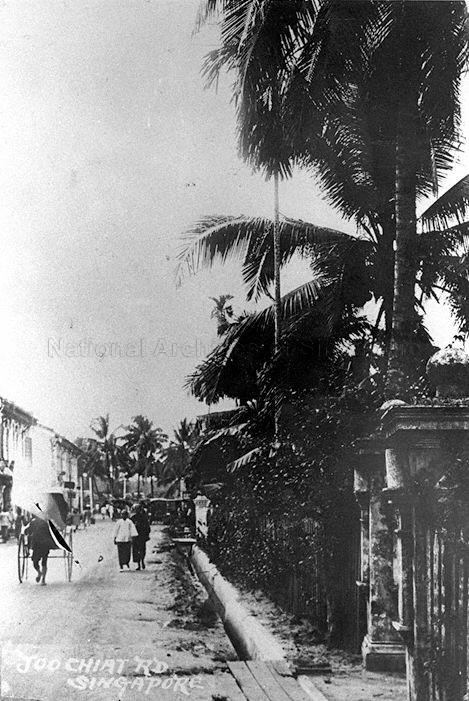 Joo Chiat Road in 1925. Via National Archives.
Joo Chiat Road in 1925. Via National Archives.
Chew was unwilling to sell his land, but saw the advantages of building a road through his estates. Hence, he built a road and gave it to the authorities. In return, the Municipality named the road Joo Chiat Road.
[related_story]
Not everyone took to the new road name, especially this person below who wrote to the Editor of the Straits Times in 1917.
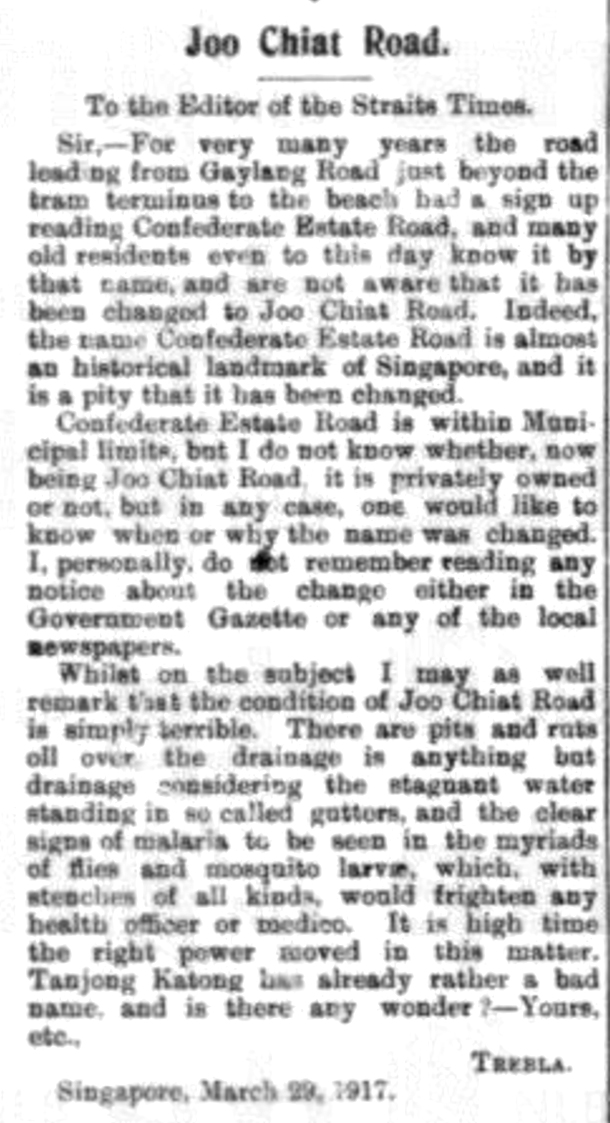 Via NewspaperSG.
Via NewspaperSG.
The rest of Philip Chew's book documents the story of Chew's rags to riches story. It also highlights the arduous journey Philip took to locate the graves of his ancestors in Bukit Brown. Philip, by the way, is Joo Chiat's great grandson.
More importantly, Philip's story leaves us with an inspiration to preserve our history for posterity, as he notes in the book:
"Like everything else, history and memory needs to be actively remembered and told. If not, the stories will disappear, even if the name remains."
To read more about Chew Joo Chiat, you can visit Philip's blog or find his book here.
Here are some equally interesting but totally unrelated stories:
Ways to make the government listen to you
Who looks after our ailing seniors outside of general hospitals?
If you like what you read, follow us on Facebook, Instagram, Twitter and Telegram to get the latest updates.
